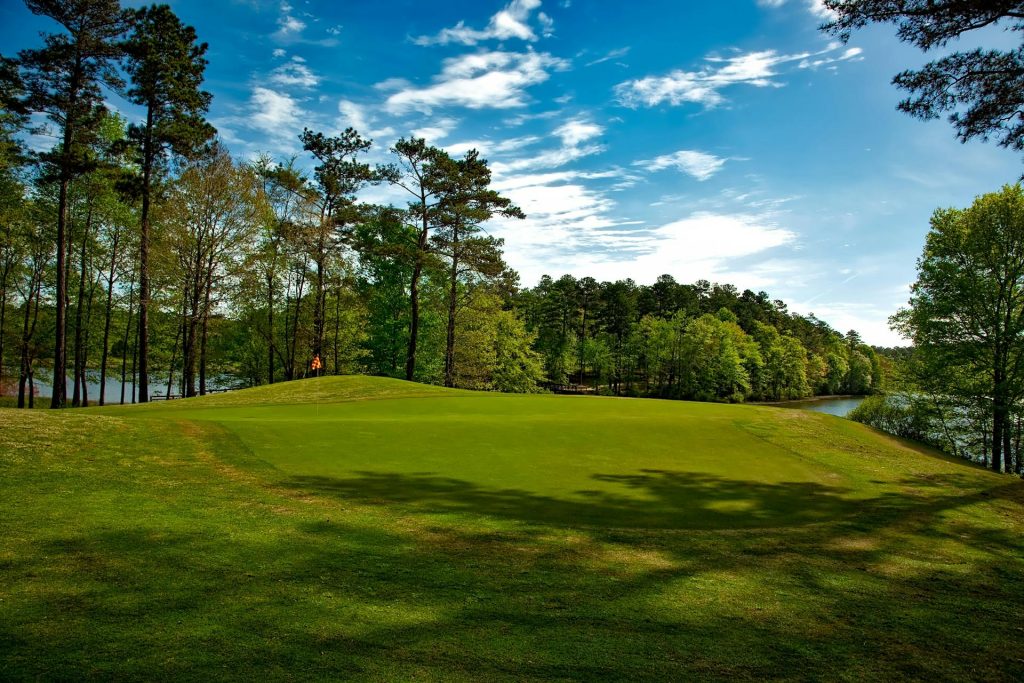How to Choose the Right Trees for Windbreaks and Privacy in Montana
Montana’s open landscapes bring stunning views—but they also expose homeowners to high winds and reduced privacy. Whether you’re trying to block winter gusts, shield your yard from road noise, or carve out a private oasis, choosing the right trees for windbreaks and privacy screens is key. At Horizon Landscape & Irrigation, we help homeowners select hardy, site-appropriate species that stand strong in Montana’s climate.
Why Windbreaks Matter in Montana
Montana is known for its intense seasonal winds, especially in the winter and spring. Windbreaks help reduce snow drifts, protect structures, and cut down on heating bills by blocking cold air from reaching your home. When placed strategically, these living barriers also shield patios, decks, and outdoor living spaces from prying eyes—adding beauty and function to your landscape.
What Makes a Good Windbreak Tree?
When choosing windbreak or privacy trees, you want species that check several boxes:
Cold-Hardy and Drought-Tolerant: Montana’s harsh winters and dry summers demand resilient varieties.
Dense Foliage or Branching: Full coverage is crucial for blocking wind and views.
Fast-Growing (in some cases): If you need results sooner rather than later, growth rate matters.
Low Maintenance: Trees that resist pests, require minimal pruning, and thrive in native soil are ideal.
Top Tree Choices for Montana Windbreaks and Privacy
1. Rocky Mountain Juniper (Juniperus scopulorum)
Evergreen, tough, and native to the region, this tree offers year-round coverage and tolerates drought, wind, and poor soils.
2. Ponderosa Pine (Pinus ponderosa)
Montana’s state tree is ideal for large properties. Its tall stature and strong form make it great for wind protection in open areas.
3. Eastern Redcedar (Juniperus virginiana)
Dense and upright, this cedar variety works well in rows for both privacy and wind control.
4. Colorado Blue Spruce (Picea pungens)
Popular for its striking color and thick form, this spruce grows well in full sun and cold climates.
5. Hybrid Cottonwoods or Poplars
While not evergreen, fast-growing hybrid varieties can provide quick privacy and act as a supplemental barrier when mixed with conifers.
Designing Effective Windbreaks and Screens
A single row of trees may help, but for maximum effectiveness, use multiple staggered rows with a mix of evergreens and deciduous trees or shrubs. Combine tall species with lower ones to block wind at ground level. Consider spacing, sun exposure, and distance from structures and power lines.
In addition to trees, integrate shrubs like chokecherry or buffaloberry to improve the barrier and add seasonal interest.
Work with Horizon to Get It Right
At Horizon Landscape & Irrigation, we design windbreaks and privacy plantings that enhance your yard while protecting it. We take into account your soil, exposure, drainage, and long-term maintenance needs to select trees that will thrive for years to come.
Ready to build a natural barrier that works year-round?
Visit https://horizonlandscapemt.com to schedule a site consultation. We’ll help you choose and install the right trees for privacy, protection, and peace of mind.
Read Next: Lawn Alternatives for Montana Homes: Drought-Tolerant and Low-Maintenance Options




